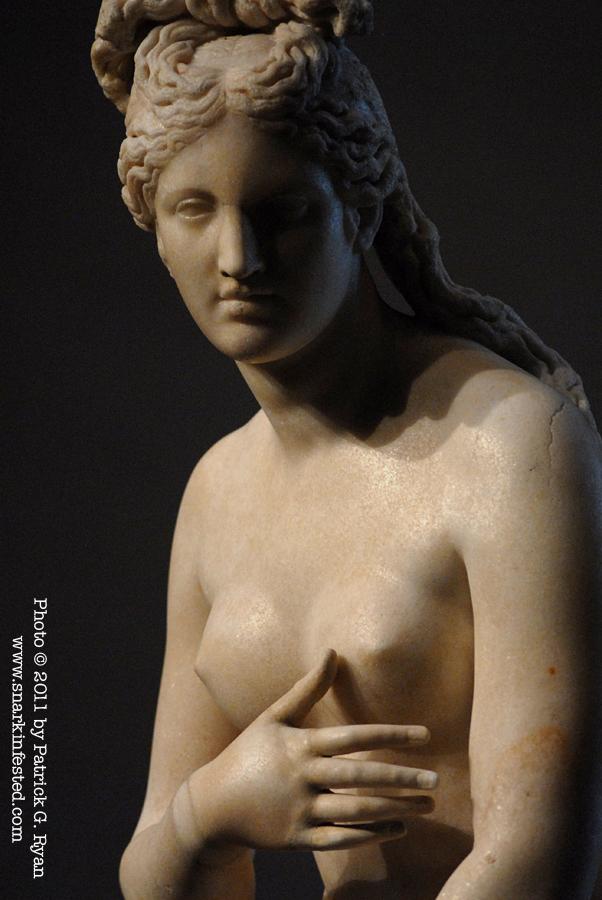Ancient Roman Statue Unveiled at National Gallery
By • June 15, 2011 0 2573

The famous Capitoline Venus, an ancient and treasured Roman statue, was inaugurated Tuesday in the West Building Rotunda of the National Gallery of Art by Gianni Alemanno, the Mayor of Rome. The six foot, six inch nude portrayal of the goddess Venus will be on display now through Sept. 5 in its first excursion outside of Rome in almost 200 years. The last time the Capitoline Venus left, she was stolen cargo, carried away by Napoleon in 1797 to be held in France until 1816 when she returned home to Rome. The statue is on loan from the Capitoline Museum in Rome, from which this Venus gets her name, one of the oldest public art museums in the world.
“It will truly be an honor to be at the National Gallery of Art to celebrate, through the millennial history and culture of our city, the achievement of an ideal bridge between Italy and the United states, and between their two capitals, Rome and Washington, D.C.,” said Alemanno in a press release issued by the National Gallery of Art.
The exhibition, titled “A Masterpiece from the Capitoline Museum, Rome,” is part of a larger project taken up by Alemanno called “The Dream of Rome,” which aims to present similar exhibits in the U.S. over the next two years. It is also an extension of the Italy@150 series, a celebration of the 150th anniversary of Italy across Washington and other locations in the U.S.
On the day of the unveiling, Alemanno and Mayor Vincent Gray signed a proclamation cementing the sister city relationship between Rome and Washington, D.C.
“The first trip of the Capitoline Venus outside Italy in almost 200 years marks the unique friendship between our two capitals and our two nations,” said Giulio Terzi di Sant’Agata, ambassador of Italy to the U.S., in the same press release. “It also witnesses the long standing cooperation between Italian cultural institutions and the National Gallery of Art.”
The Capitoline Venus is an incredibly well-preserved statue hailing from the ancient Roman Empire, and is a variation on what is known as a “Modest Venus,” where the goddess partially covers her nudity with her hands. She was found buried in a large a large garden in Rome in the 1670’s.
- The Capitoline Venus | Pat Ryan



